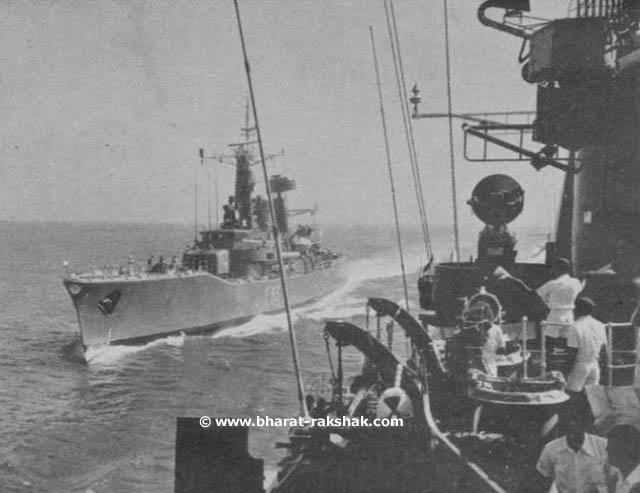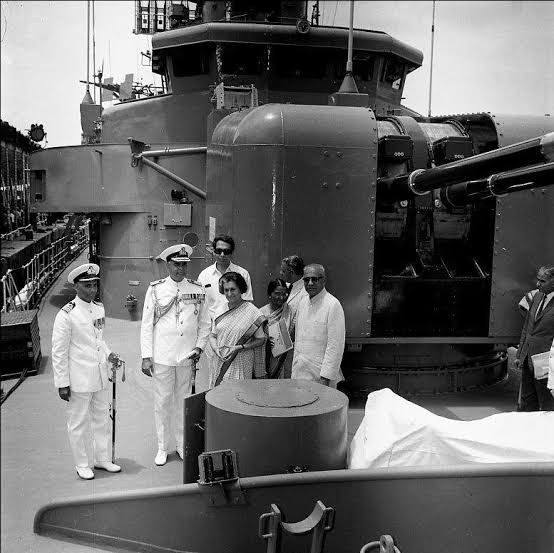Nilgiri Class Frigates - The First Warships to be built in Independent India
General O'Hara from Defence Matrix Discord
BLOGS
During the late 50s and early 60s, Ministry of Defence planners were looking for modern first-rate frigates to reinforce and build up the Indian Navy, which had only retained a few coastal ships in the name of assets from its pre-independence counterpart.
The addition of the light cruisers INS Delhi and INS Mysore had provided the navy with the much needed “big guns”, which it lacked at the time. Also bought were 3 R-class destroyer-escorts and 3 Hunt class destroyers, both the classes were WW2-era ships which were second handed.
Seeing the massive naval buildup of Indonesia, which was aggressively eyeing the Andaman and Nicobar Islands, and also that of Pakistan, the Ministry of Defence finally went into full action to procure modern ships for the Indian Navy. 2 Whitby-class ASW frigates, 3 Leopard-class anti-air frigates and 3 Blackwool-class escort frigates were acquired in phased manners alongside India’s first aircraft carrier INS Vikrant. The Navy also started looking for frigate designs from various countries to be built in India in collaboration with a foreign shipyard


After a lengthy assessment of all the offered designs, the Navy decided that the British Leander-class frigates were the most suitable to their requirements. The actual start of the contract negotiations between the Indian Navy and the British Admiralty didn't begin until after the disastrous Sino-Indian War of 1962.
By 1965 all necessary agreements and paperwork had been completed and the project started sailing with full government backing. Britain provided India with a Special Credit of 4.7 Million pounds to cover the expansion and upgrade of the Mazagaon Shipyards and the first four years of the construction programme.
Vickers-Yarrow Shipbuilders from Britain provided technological assistance for the construction of 6 planned ships. They were named the Nilgiri-class frigates.
The Nilgiris used the Leander class as the base design. Their primary armament were twin QF 4.5inch guns housed in a single forward-mounted turret. For secondary weapons they had 4 AK-230 rapid fire gun mounts, 2 Oerlikon 20mm autocannons and 2 torpedo tubes capable of firing Whitehead torpedoes.
The British had refused to allow license production of the electronic equipment in India and also refused to allow design warranty to the various modifications that were made by the Indian Navy. Undeterred and with a strong will for self-reliance, the Ministry of Defence approached the Dutch manufacturer Signaal and they set up a joint collaboration with Bharat Electronics Limited to manufacture the radars, sonars and the fire control systems for the Nilgiris in India, kickstarting the Indian electronics industry.


The ships also had a helicopter flight deck and hangar facilities to operate a single Chetak helicopter.
The last two ships of the class, INS Taragiri and INS Vidhyagiri were very special. They were heavily modified in-house by Mazagaon Docks to include a larger hangar to give them the ability to operate the Sea-King helicopters. Modifications also included more powerful boilers, a completely indigenous Fire Control System, the first kind of such complex technology in India and Bofors ASW mortars.


